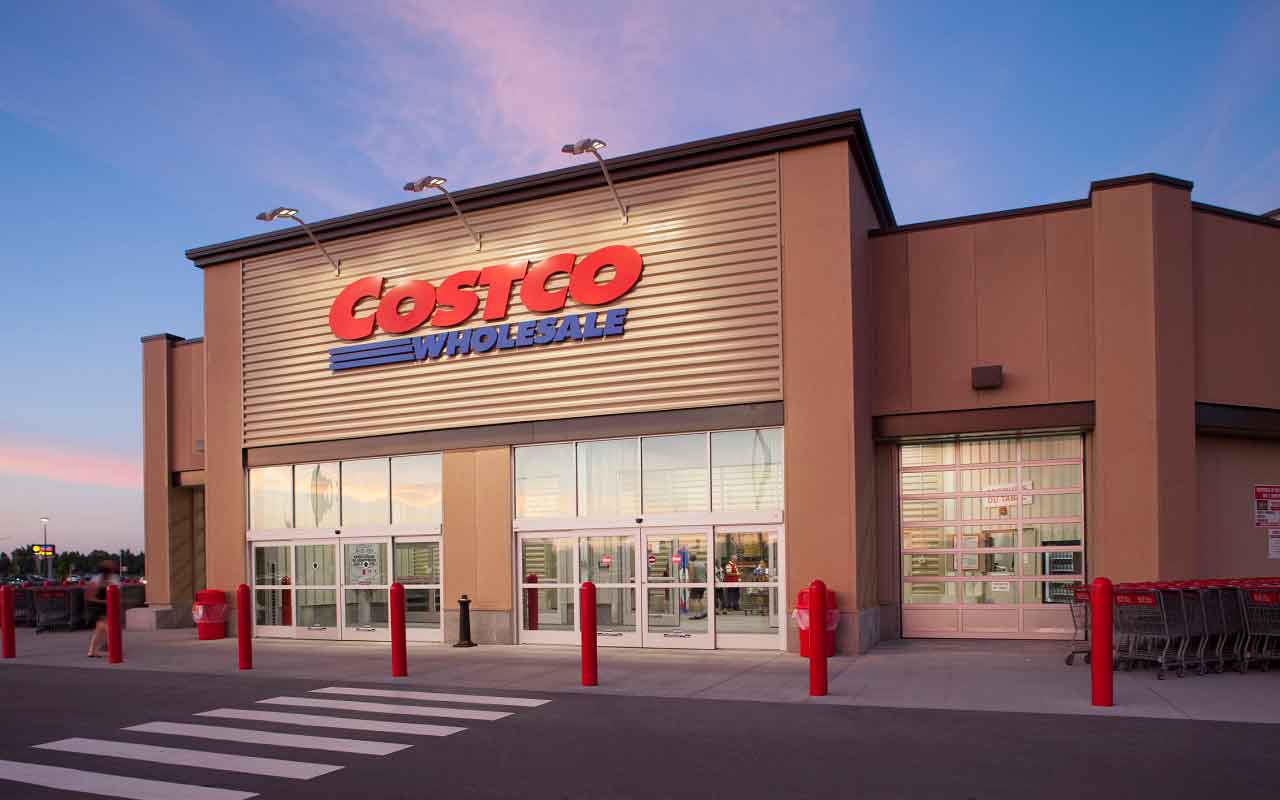Your Real Total Return
Why there is often a gap between reported and actual investor returns.
While reading your favorite financial magazine (presumably this one), you note that the hot Russia fund into which you sank $10,000 six months ago gained 35% over the past year.
You smugly compliment yourself for your investing brilliance. But a few days later, your fund statement arrives and you're shocked to discover that your stake is now worth only $9,000. What happened? you wonder.
| Row 0 - Cell 0 | How Investors Really Fare in Mutual Funds |
| Row 1 - Cell 0 | Fund News and Analysis |
| Row 2 - Cell 0 | Kiplinger 25 Funds |
What happened in this hypothetical, but far from far-fetched, example is that the fund achieved all of its past-year's gains before you bought it and sank after you invested. One plausible scenario: The fund may have rocketed 50% in the first six months of this hypothetical 12-month period, lured you in, then lost 10% the next six months -- hence, a one-year return of 35% but a 10% loss for you.

Sign up for Kiplinger’s Free E-Newsletters
Profit and prosper with the best of expert advice on investing, taxes, retirement, personal finance and more - straight to your e-mail.
Profit and prosper with the best of expert advice - straight to your e-mail.
The difference between a fund's published returns and what investors actually earn is the subject of important new data from Morningstar. The fund rater looks at dollar-weighted returns, or how much money the average dollar invested in a fund earns over time. These "investor returns" take into account a common error that too many of us make: buying funds when they're hot and selling them when performance drags.
Morningstar's figures underscore the emotional dangers of investing in high-octane funds. Over the past ten years to November 1, investors in the most volatile 25% of mutual funds earned, on average, only two-thirds of the funds' average reported total returns (see the table for some specific cases). "Volatile funds inspire fear and greed and make people handle their money poorly," says Russ Kinnel, Morningstar's director of fund research. "They buy after the fund has made a lot of money and sell after it has lost money."
In contrast, investors in more-stable funds -- value-oriented and low-turnover funds often fit the bill -- earned virtually the same amount as their funds' stated returns over long periods. "The more boring funds rarely have those emotional tripwires," says Kinnel. "Investors tend not to get thrown for a loop with stodgy funds."
The message is clear: Pay attention to volatility, a good proxy for risk. Before you buy a volatile fund, make sure you have the constitution to withstand the inevitable spills. Better yet, make sure those rockets are part of a well-diversified portfolio. That way, your investment program isn't at the mercy of one fund's possible collapse.
Returns: You vs. the fund
Investor earnings are often far less than funds' reported gains, particularly with volatile funds.
Data through September 30. Source: Morningstar
Get Kiplinger Today newsletter — free
Profit and prosper with the best of Kiplinger's advice on investing, taxes, retirement, personal finance and much more. Delivered daily. Enter your email in the box and click Sign Me Up.
-
 Should You Get Auto or Home Insurance Through Costco?
Should You Get Auto or Home Insurance Through Costco?Costco members can access discounted insurance through Connect by American Family — but is it really a better deal?
By Paige Cerulli Published
-
 Stock Market Today: Uncertainty Proliferates: Dow Loses 1,014 Points
Stock Market Today: Uncertainty Proliferates: Dow Loses 1,014 PointsWeaker-than-expected consumer inflation data wasn't enough to stabilize sentiment during another volatile day for financial markets.
By David Dittman Published
-
 Best Banks for High-Net-Worth Clients
Best Banks for High-Net-Worth Clientswealth management These banks welcome customers who keep high balances in deposit and investment accounts, showering them with fee breaks and access to financial-planning services.
By Lisa Gerstner Last updated
-
 Stock Market Holidays in 2025: NYSE, NASDAQ and Wall Street Holidays
Stock Market Holidays in 2025: NYSE, NASDAQ and Wall Street HolidaysMarkets When are the stock market holidays? Here, we look at which days the NYSE, Nasdaq and bond markets are off in 2025.
By Kyle Woodley Last updated
-
 Stock Market Trading Hours: What Time Is the Stock Market Open Today?
Stock Market Trading Hours: What Time Is the Stock Market Open Today?Markets When does the market open? While the stock market does have regular hours, trading doesn't necessarily stop when the major exchanges close.
By Michael DeSenne Last updated
-
 Bogleheads Stay the Course
Bogleheads Stay the CourseBears and market volatility don’t scare these die-hard Vanguard investors.
By Kim Clark Published
-
 The Current I-Bond Rate Until May Is Mildly Attractive. Here's Why.
The Current I-Bond Rate Until May Is Mildly Attractive. Here's Why.Investing for Income The current I-bond rate is active until November 2024 and presents an attractive value, if not as attractive as in the recent past.
By David Muhlbaum Last updated
-
 What Are I-Bonds? Inflation Made Them Popular. What Now?
What Are I-Bonds? Inflation Made Them Popular. What Now?savings bonds Inflation has made Series I savings bonds, known as I-bonds, enormously popular with risk-averse investors. So how do they work?
By Lisa Gerstner Last updated
-
 This New Sustainable ETF’s Pitch? Give Back Profits.
This New Sustainable ETF’s Pitch? Give Back Profits.investing Newday’s ETF partners with UNICEF and other groups.
By Ellen Kennedy Published
-
 As the Market Falls, New Retirees Need a Plan
As the Market Falls, New Retirees Need a Planretirement If you’re in the early stages of your retirement, you’re likely in a rough spot watching your portfolio shrink. We have some strategies to make the best of things.
By David Rodeck Published